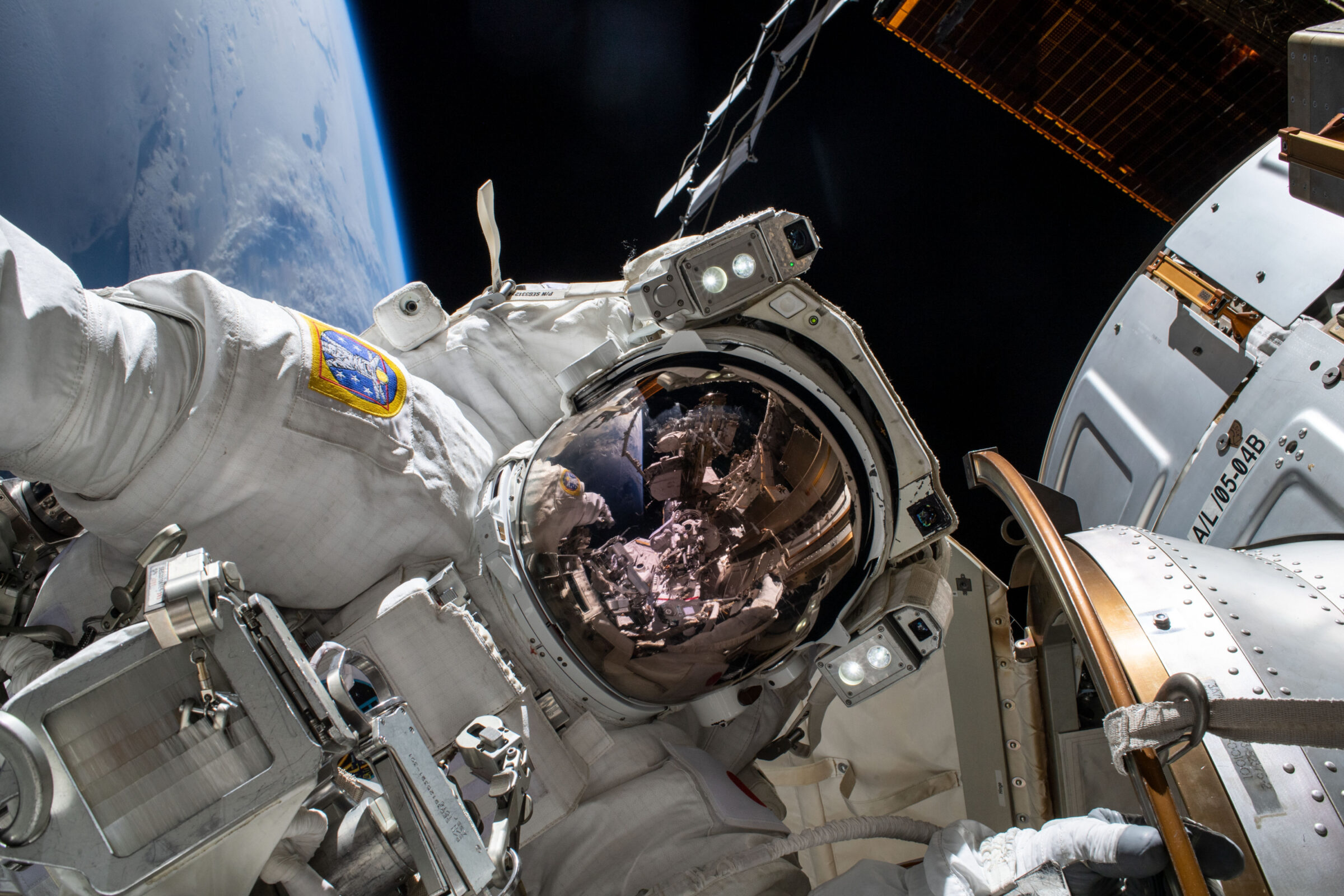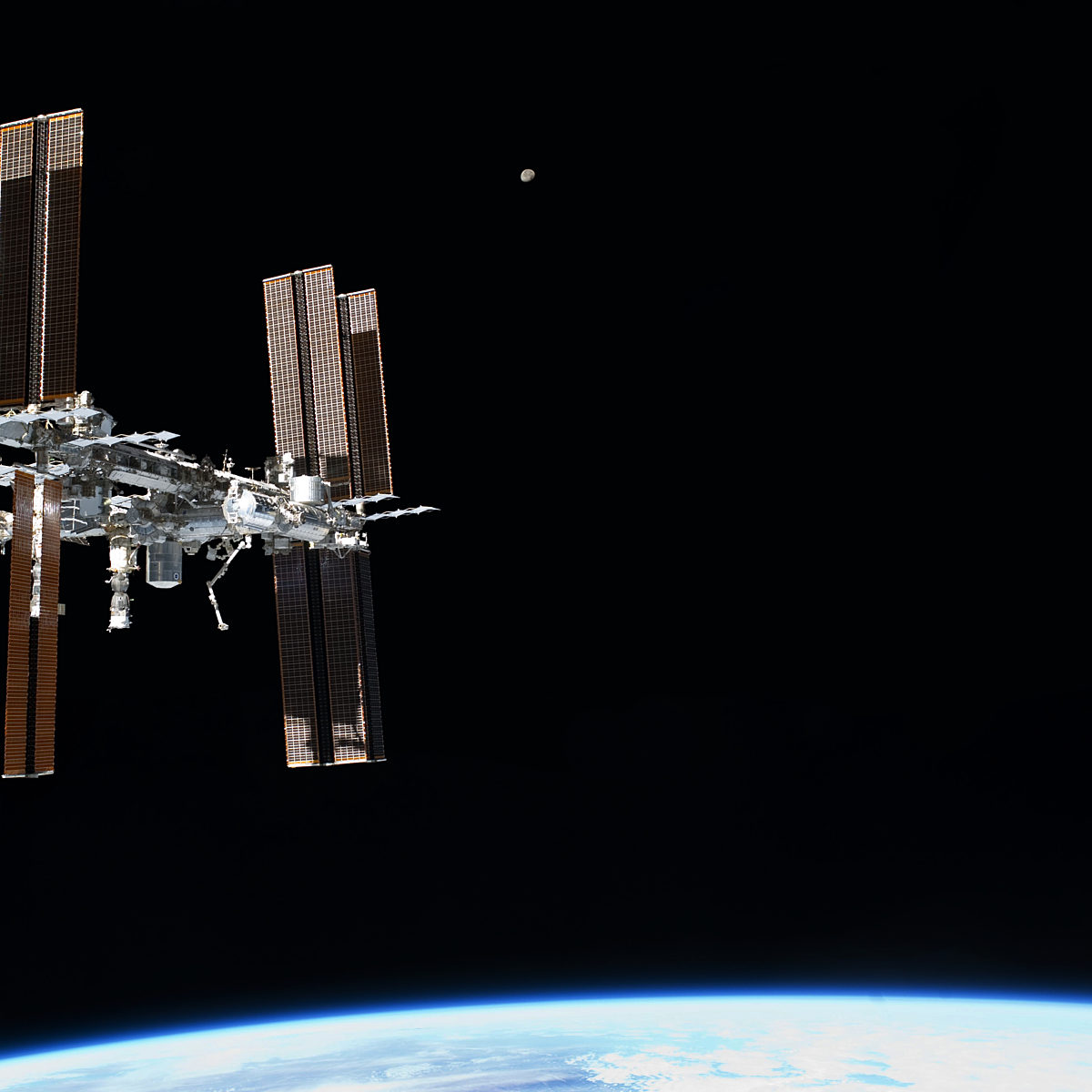The Japan Aerospace Exploration Agency (JAXA)
What does JAXA do?
JAXA is Japan’s national space agency. It researches, operates, and launches technologies to explore the Universe and build infrastructure in space.
JAXA has explored the Universe through missions that have landed on the Moon and orbited Venus. The agency regularly launches satellites for telecommunications and Earth observation, space telescopes, and robotic probes. It also trains astronauts and designs human-rated space vehicles. Unlike NASA, JAXA is not a purely civilian space agency, but also develops military space infrastructure.

JAXA currently operates two major planetary exploration missions: BepiColombo and Hayabusa2. BepiColombo is a joint mission with the European Space Agency (ESA) on its way to orbit and study Mercury. Hayabusa2 is an asteroid sample return mission. It successfully brought back pieces of the asteroid Ryugu to Earth in 2020 and is now on its way to study the asteroid 2001 CC21.
JAXA actively collaborates with NASA. There are plans for JAXA to supply a pressurized rover for the Artemis missions to help transport humans around the Moon’s surface, and for JAXA astronauts to join a NASA landing on the Moon. JAXA is also working with ESA on the future Comet Interceptor mission and may collaborate with the India Space Research Organisation (ISRO) on a future robotic lunar lander and rover.

What has JAXA accomplished?
JAXA was only formed recently by uniting three different Japanese government bodies, but it has already achieved impressive milestones in space exploration. Combined with its predecessor organizations, the agency has:
- Performed the first precision soft landing on the Moon, with SLIM
- Orbited the Moon with Kaguya
- Launched IKAROS, the first spacecraft ever to demonstrate solar sail propulsion successfully
- Brought back samples from multiple asteroids through Hayabusa and Hayabusa2, which also landed a rover on an asteroid
- Built the largest module of the International Space Station and flown multiple cargo missions to the station
- Trained and flown astronauts on NASA’s Space Shuttle
- Launched an orbiter to Mercury, BepiColombo, with ESA
- Orbited Venus with Akatsuki
- Studied the Universe through several space telescopes
How does JAXA work?
JAXA is a government organization controlled by several of Japan’s ministries. The Ministry of Education, Culture, Sports, Science and Technology manages JAXA’s space programs and most of its budget, while the Ministry of Economy, Trade and Industry directs how JAXA interfaces with Japan’s space industry. The Ministry of Internal Affairs and Communications manages JAXA’s work related to telecommunications.
How big is JAXA? JAXA has roughly 2,000 employees. It operates on a budget of about $1.5 billion, which is less than one-tenth that of NASA and similar to the budget of the national space agency of India.
Not all of the power rests with these ministries, though. Various government bodies underneath the prime minister and the Cabinet regularly work with experts in science and industry to draft a national space policy for Japan. This plan affects the budgets of JAXA’s space programs.
The headquarters of JAXA are in Tokyo, and the agency has many facilities around Japan.

How did JAXA get started?
In 2003, the Japanese government integrated three separate public institutions to form JAXA. Each of the bodies that merged to form the space agency has their own history.
One, the Institute of Space and Astronautical Science, began performing planetary research in the 1960s. It launched Japan’s first interplanetary probes, Sakigake and Suisei, to Halley’s Comet in 1985.
JAXA can:
- Build and operate its own satellites
- Build its own launch vehicles
- Build human-rated spacecraft
- Perform space science missions
Another one of JAXA’s predecessors, the National Space Development Agency of Japan, also dates back to the 1960s but focused less on planetary exploration and more on launch vehicles. It trained astronauts, built satellites, and contributed a module of the International Space Station.
Combined with the National Aerospace Laboratory of Japan, which was dedicated mainly to aviation, these different institutions merged to become JAXA. The new agency centralizes Japan’s public research and development of technology related to space infrastructure and science.
Europe and Japan’s first Mercury mission will study how the planet formed.
The ISS is a versatile science lab, a testing ground for space technology, and a symbol of international cooperation.
Hayabusa2 traveled to the asteroid Ryugu, deployed rovers on its surface, and brought samples back to Earth.


 Explore Worlds
Explore Worlds Find Life
Find Life Defend Earth
Defend Earth





